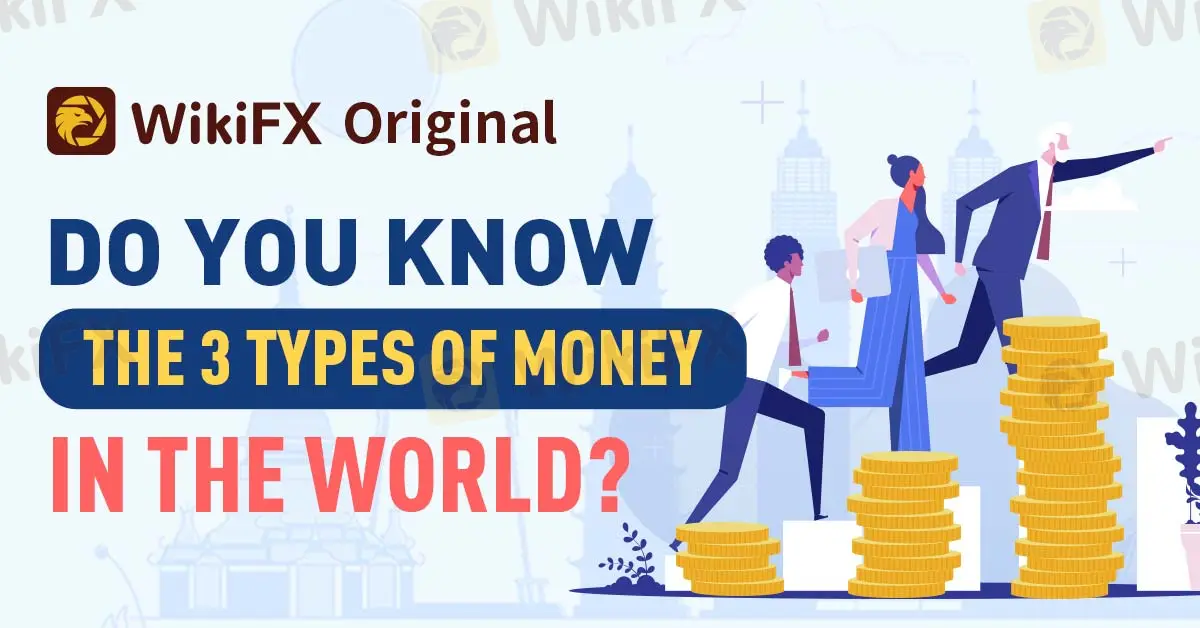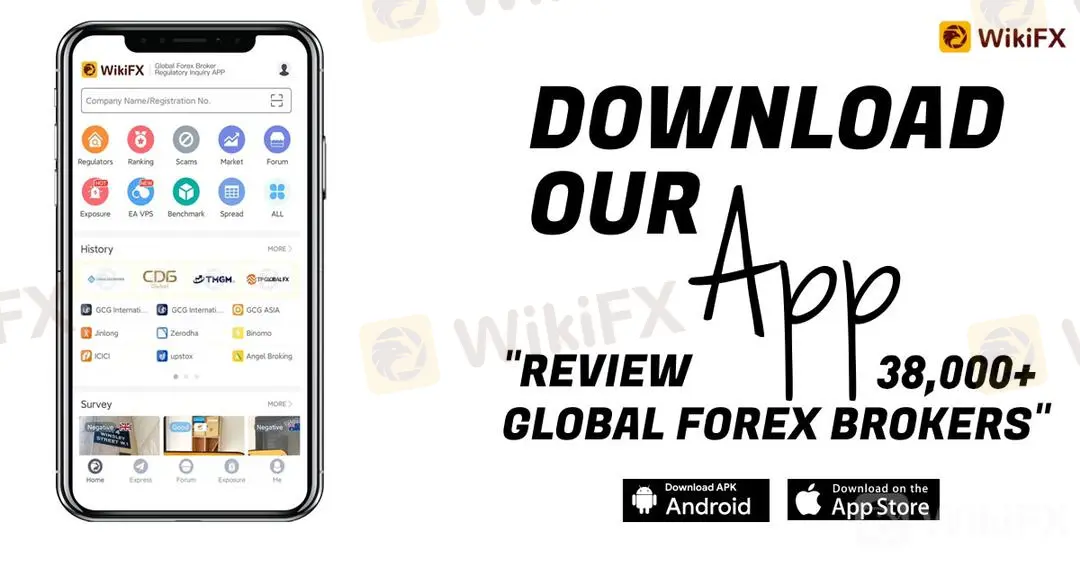简体中文
繁體中文
English
Pусский
日本語
ภาษาไทย
Tiếng Việt
Bahasa Indonesia
Español
हिन्दी
Filippiiniläinen
Français
Deutsch
Português
Türkçe
한국어
العربية
Do You Know the 3 Types of Money in the World?
Abstract:In this day and age, the masses have been brainwashed to believe that money is everything. Many equate having money to having happiness, success, social status, and everything else that matters. Although it is not an absolute fact, there is some degree of logic behind the obsession with money today.

Despite dealing with money on a day-to-day basis and having a certain degree of obsession with money, do you know the 3 types of money in the world? Money is not solely the numerical figures in your bank account or the cash you hold in your hands. It is more than that, so keep reading for more.
Money as a financial instrument can be divided into three types. Though many other derivative products carry intrinsic monetary values, they are not accepted as an immediate payment form that could be used in exchange for goods and services.

Commodity money is a financial instrument that has been around for the longest period. In the olden days, humans used salt, beads, seashells, tobacco, silver, and gold as money in exchange for goods and services. As civilization advanced, a standardized system of trade was also developed. Unlike later forms of money, commodity money has a tangible store of value that is believed to withstand the test of time as its physicality gives users confidence in it. The commonly acknowledged and accepted commodities are gold, silver, uranium, and more.

Fiat money originated as pieces of paper during the Chinese Tang dynasty in the 11th century, making China the first country to use fiat money. Government officials authenticated Fiat money as a legal tender. It is not backed by any commodity, such as gold or silver. It could neither be redeemed nor converted. Its value is derived from government backing, allowing individuals and businesses to place their trust in it as long as they have faith in their government.

Representative money is a government-created instrument backed by a commodity or fiat currency. It generally represents something valuable but has little or no intrinsic value. Checks, credit cards and fiat money are the main examples of representative money that we use on a daily basis. The value of presentative money is derived from the government or the financial institutions that support it.

Disclaimer:
The views in this article only represent the author's personal views, and do not constitute investment advice on this platform. This platform does not guarantee the accuracy, completeness and timeliness of the information in the article, and will not be liable for any loss caused by the use of or reliance on the information in the article.
Read more

Fraud Brokers List for July 2025- EXPOSED
Attention investors and traders! If you want to invest in the forex market, be careful not to choose these scam brokers. This warning list is issued by the Financial Conduct Authority.

Know the Major Risks of UbitMarkets, Before You Invest!
Scam brokers involved in the forex market who act genuine in the beginning but turn out to be frauds in the end. Choosing UbitMarkets could lead you to serious losses. Check out this article to know why we’re saying this.

Top 5 Forex Pairs Every Trader Should Have on Their Radar
With countless options available in the currency market, choosing the best forex pairs to trade can feel overwhelming, especially for new traders. However, focusing on a select few can give you a strong advantage. Certain pairs consistently stand out due to their liquidity, predictable behaviour, and the economic influence behind them. Whether you’re fine-tuning a strategy or just starting out, these five forex pairs offer a solid foundation.

Dupoin: A Closer Look at Its Licenses
In an industry where safety and transparency are essential, the regulatory status of online brokers has never been more important. For traders seeking to protect their capital, ensuring that a platform operates under recognised and stringent oversight can make all the difference. Keep reading to learn more about Dupoin and its licenses.
WikiFX Broker
Latest News
FCA clarifies expectations on bullying, harassment and violence to deepen trust in financial service
Asia-Pacific markets mixed after Trump shifts goalposts on tariffs again
XS.com Expands Global Reach with Landmark Kuwait Launch
European markets set to open mixed amid fresh U.S. tariff threats
Top Wall Street analysts are pounding the table on these 3 stocks
Stock futures fall after Trump team says tariffs will go into effect on Aug. 1: Live updates
10 Unlicensed Brokers Exposed – Check Now to Stay Safe!
S&P 500 futures fall slightly as Trump threatens new tariffs, Tesla shares drop: Live updates
Stocks are lower despite Bessent saying several trade announcements are ahead: Live updates
Exposed: Ibell Markets - A Scam Broker That Does Not Allow Withdrawals
Currency Calculator


